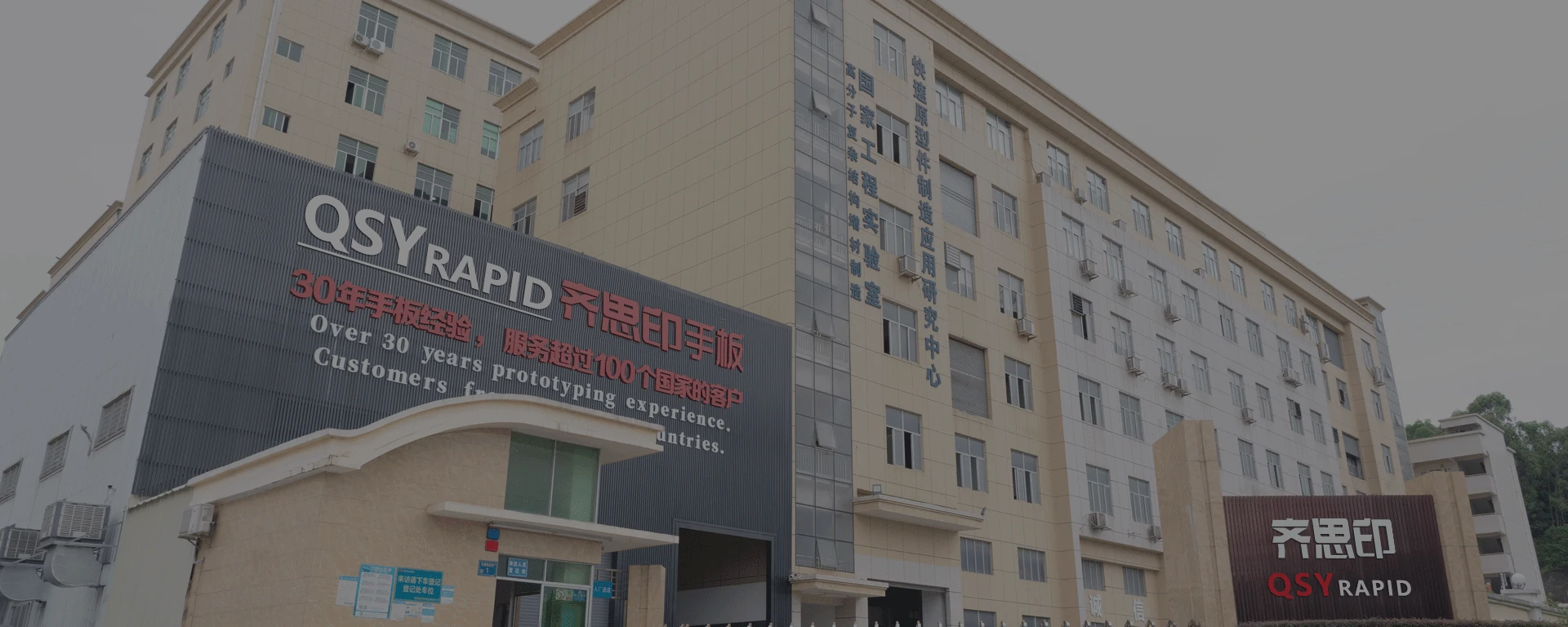In recent years, the emergence of 3D printing service factories has significantly altered the landscape of manufacturing. This innovative technology allows for the rapid production of complex parts and products, which was once a time-consuming and costly process. But what exactly does this mean for the future of manufacturing?

Understanding 3D Printing Service Factories
A 3D printing service factory utilizes advanced additive manufacturing techniques to create three-dimensional objects from digital files. This process involves layering materials, such as plastics, metals, or ceramics, to build intricate designs. Unlike traditional manufacturing methods, which often require extensive tooling and setup, 3D printing enables manufacturers to produce items on-demand, reducing waste and lead times.
Benefits of 3D Printing Service Factories
- Cost Efficiency: By minimizing material waste and reducing labor costs, 3D printing service factories can offer competitive pricing.
- Customization: These factories allow for easy customization of products, catering to specific customer needs without significant additional costs.
- Speed: The ability to produce prototypes and final products quickly accelerates the development cycle.
- Sustainability: 3D printing often uses less energy and material compared to traditional manufacturing, contributing to more sustainable practices.
Applications of 3D Printing Service Factories
The versatility of 3D printing service factories extends across various industries. For instance, in the aerospace sector, manufacturers can produce lightweight components that enhance fuel efficiency. Similarly, in the medical field, custom prosthetics and implants can be created to fit individual patients perfectly. How do these applications impact the respective industries? They not only improve product performance but also enhance patient outcomes and operational efficiency.
Challenges Facing 3D Printing Service Factories
Despite the numerous advantages, 3D printing service factories face several challenges. One significant issue is the regulatory landscape, particularly in industries like healthcare and aerospace, where safety and compliance are paramount. Additionally, the technology is still evolving, and there can be limitations in material properties and production speeds. However, as advancements continue, these challenges are likely to diminish.
The Future of 3D Printing Service Factories
Looking ahead, the potential for 3D printing service factories is immense. As technology advances, we can expect improvements in material science, leading to stronger and more versatile products. Furthermore, the integration of artificial intelligence and machine learning could optimize production processes, making them even more efficient. Will these innovations redefine manufacturing as we know it? It certainly seems possible.
For businesses interested in leveraging the benefits of 3D printing, partnering with a reliable 3D printing service factory is essential. Companies like  offer specialized services that can help organizations navigate this transformative landscape.
offer specialized services that can help organizations navigate this transformative landscape.
Conclusion
In summary, 3D printing service factories are at the forefront of a manufacturing revolution. By understanding their capabilities and potential applications, businesses can harness this technology to drive innovation and efficiency. As we move forward, the impact of 3D printing on production processes will only continue to grow, shaping the future of manufacturing.




